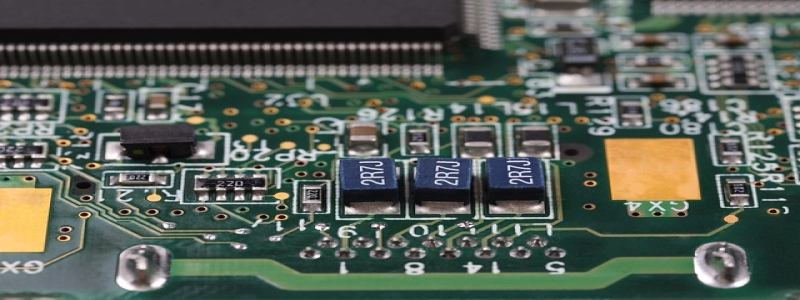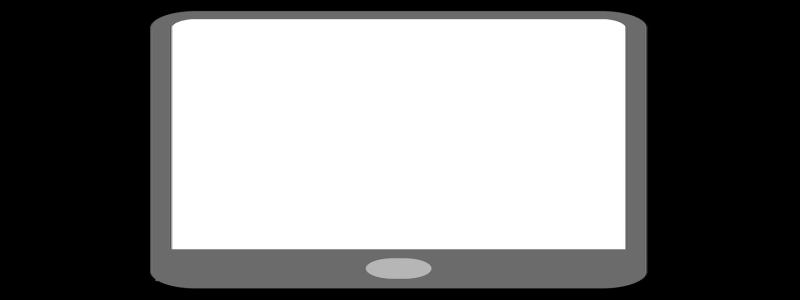Fiber Optic Transceiver Types
Εισαγωγή:
Fiber optic transceivers play a crucial role in modern telecommunications networks. They are the key devices that enable the transmission of data over fiber optic cables. Σε αυτό το άρθρο, we will explore the different types of fiber optic transceivers and their unique characteristics.
Εγώ. Single-Mode Transceivers:
a. Ορισμός: Single-mode transceivers are designed to work with single-mode fiber optic cables. These cables have a smaller core diameter, allowing only a single pathway for light to travel through.
b. Advantages:
i. Longer Transmission Distance: Single-mode transceivers can transmit data over longer distances without signal degradation.
ii. Higher Bandwidth: These transceivers support higher bandwidth, making them suitable for long-haul applications.
iii. Narrower Beam: The narrower beam of single-mode transceivers provides better focus and reduces signal loss during transmission.
c. Applications: Single-mode transceivers are commonly used in long-distance communication systems, such as telecommunications networks and enterprise-level data centers.
II. Multi-Mode Transceivers:
a. Ορισμός: Multi-mode transceivers are designed to work with multi-mode fiber optic cables. These cables have a larger core diameter, allowing multiple pathways for light to travel through.
b. Advantages:
i. Lower Cost: Multi-mode transceivers are generally cheaper than single-mode transceivers, making them more cost-effective for short-distance applications.
ii. Easy to Install: These transceivers are easier to install and terminate, as they have a larger core that is more forgiving of alignment errors.
iii. Higher Compatibility: Multi-mode transceivers can be used with a wide range of optical interfaces, making them versatile for different network configurations.
c. Applications: Multi-mode transceivers are commonly used in shorter distance applications, such as LAN (Local Area Network) connections and data centers that have shorter interconnects.
III. Bi-Directional Transceivers:
a. Ορισμός: Bi-directional (BiDi) transceivers are designed to transmit and receive data over a single fiber optic cable. They use different wavelengths for upstream and downstream transmission, allowing data to be sent and received simultaneously.
b. Advantages:
i. Cost Savings: BiDi transceivers require fewer fiber optic cables, resulting in cost savings during network deployment.
ii. Increased Capacity: By utilizing the same fiber for both upstream and downstream transmission, the overall network capacity can be increased.
iii. Enhanced Flexibility: BiDi transceivers can be easily integrated into existing networks without requiring major infrastructure updates.
c. Applications: BiDi transceivers are commonly used in situations where fiber availability is limited or expensive, such as in metropolitan areas or when upgrading existing networks.
συμπέρασμα:
Fiber optic transceivers are available in various types, each with its own unique characteristics and applications. By understanding the differences between single-mode, multi-mode, and bi-directional transceivers, network administrators can choose the most suitable transceiver type for their specific communication needs. Whether it’s long-distance transmission, short-distance connectivity, or cost-effective solutions, fiber optic transceivers play a vital role in modern telecommunications networks.








